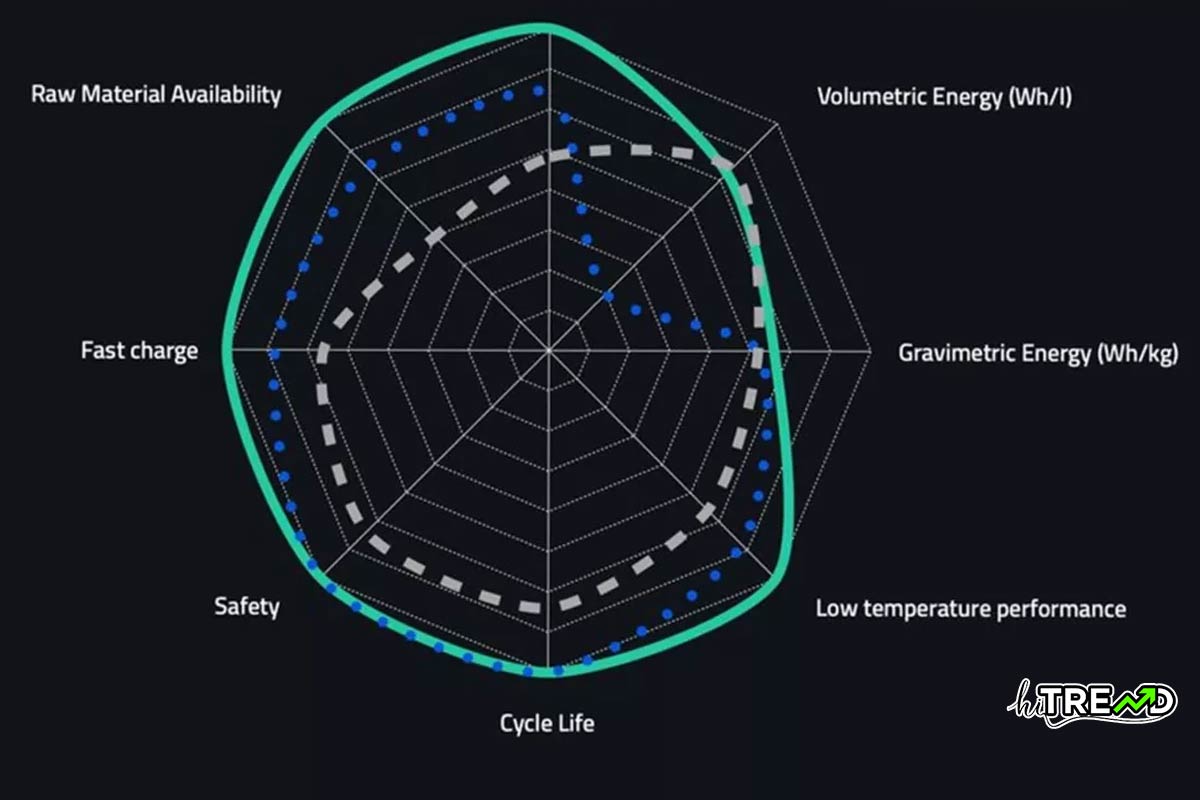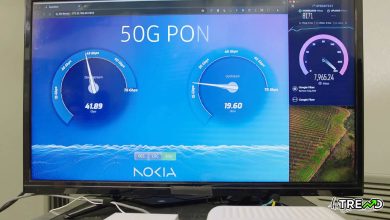New potassium-ion battery technology could soon replace lithium-ion

Why it matters: Battery technology has taken a leap forward with the recent introduction of the world’s first 18650 Potassium-ion battery – a sustainable and cost-effective alternative to traditional lithium-ion batteries. The tech boasts impressive longevity and energy density, making it suitable for demanding applications. It is production-ready and is currently being distributed to OEMs, which means we may see it in action very soon. New potassium-ion battery technology could soon replace lithium-ion
You can read more Technology articles
Texas-based startup Group1 has unveiled the world’s first Potassium-ion battery (KIB) in the industry-standard 18650 cylindrical form factor. This groundbreaking innovation marks a significant milestone in the quest for sustainable and cost-effective alternatives to traditional lithium-ion batteries.
At the heart of this new technology are readily available potassium ions that act as charge carriers. The KIB batteries are free from critical minerals such as nickel, cobalt, copper, and lithium, addressing supply chain concerns and reducing the ecological impact of battery production. Instead, it utilizes commonly available components, including graphite anodes, separators, and electrolyte formulations.
One of the main advantages of Group1’s KIB technology is its compatibility with existing lithium-ion battery manufacturing processes. This similarity allows for rapid adoption without costly retooling or extensive redesigns, making it an attractive option for manufacturers transitioning to more sustainable approaches.
The battery’s unveiling at the 14th annual Beyond Lithium Conference showcased its evolution from coin-cell to pouch-cell and finally to the 18650 format. Central to this innovation is Group1’s proprietary Kristonite, a 4V cathode material in the Potassium Prussian White (KPW) class. The company asserts that this technology outperforms LiFePO4 (LFP) lithium-ion batteries and Sodium-ion batteries (NIBs) in terms of performance, safety, and cost-effectiveness.
Operating at a nominal voltage of 3.7V, the KIB is on track to achieve a gravimetric energy density of 160-180 Wh/kg, matching the capabilities of LFP-LIB batteries. This breakthrough opens new possibilities for high-performance applications, from portable electronics to electric vehicles.

The KIB’s potential impact on the electric vehicle industry is particularly noteworthy. Its ability to withstand numerous charging and discharging cycles before experiencing significant capacity loss translates to longer-lasting batteries in EVs. This extended lifespan could lead to less frequent battery replacements, potentially reducing the total cost of ownership for EV users over time. Moreover, the battery’s consistent capacity over many cycles addresses a key concern among EV owners: the gradual decrease in driving range as batteries age.New potassium-ion battery technology could soon replace lithium-ion
The stage is already set for the potential widespread adoption as Group1 begins distributing samples to Tier 1 OEMs and cell manufacturers.
Follow HiTrend on X





